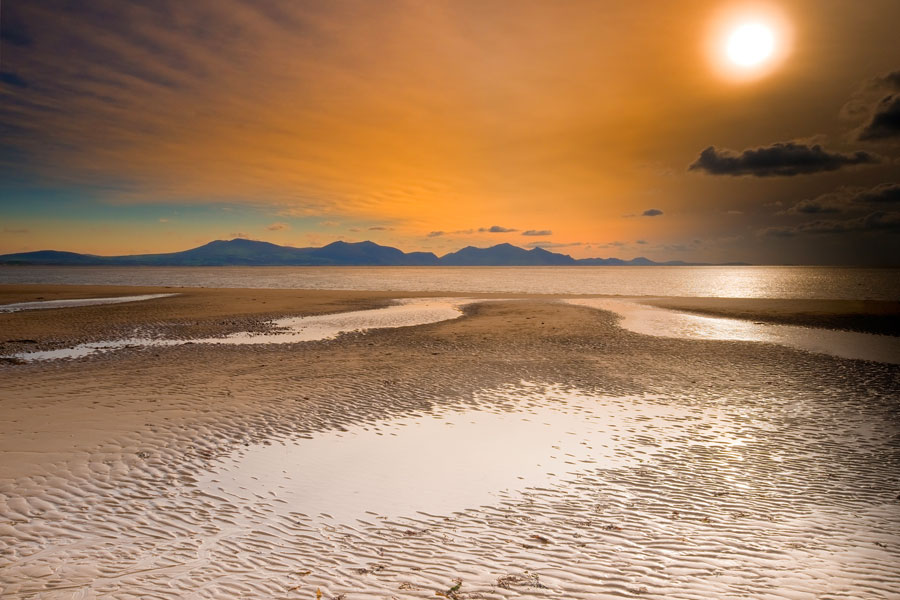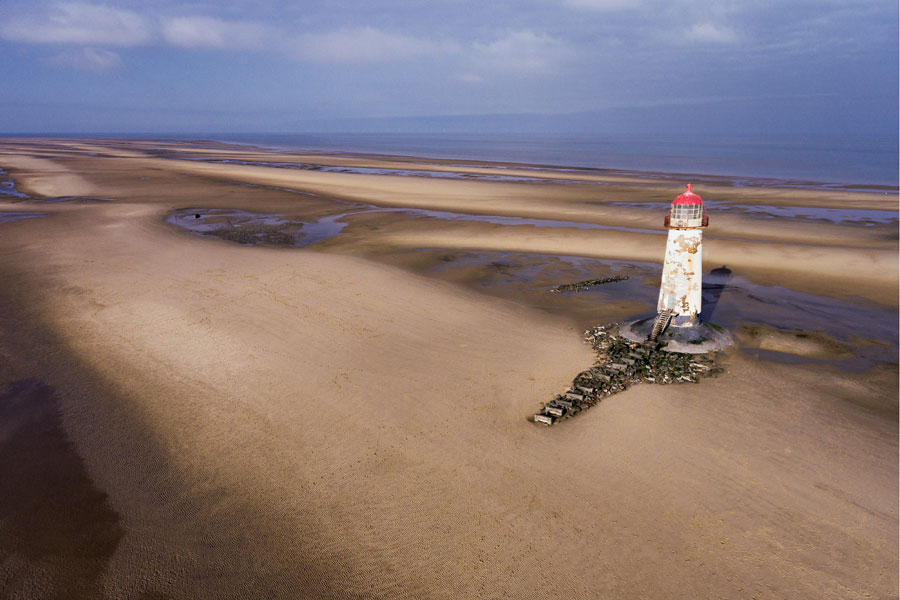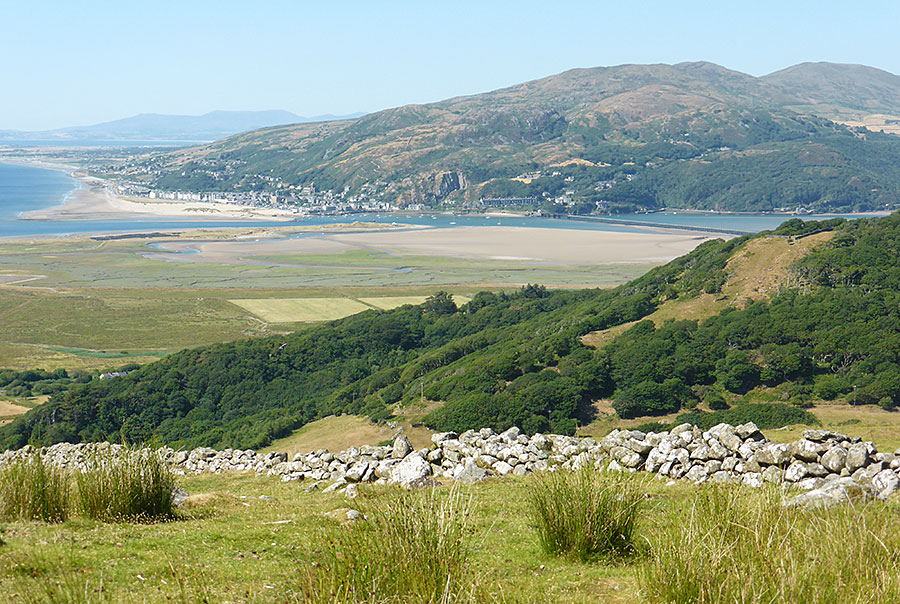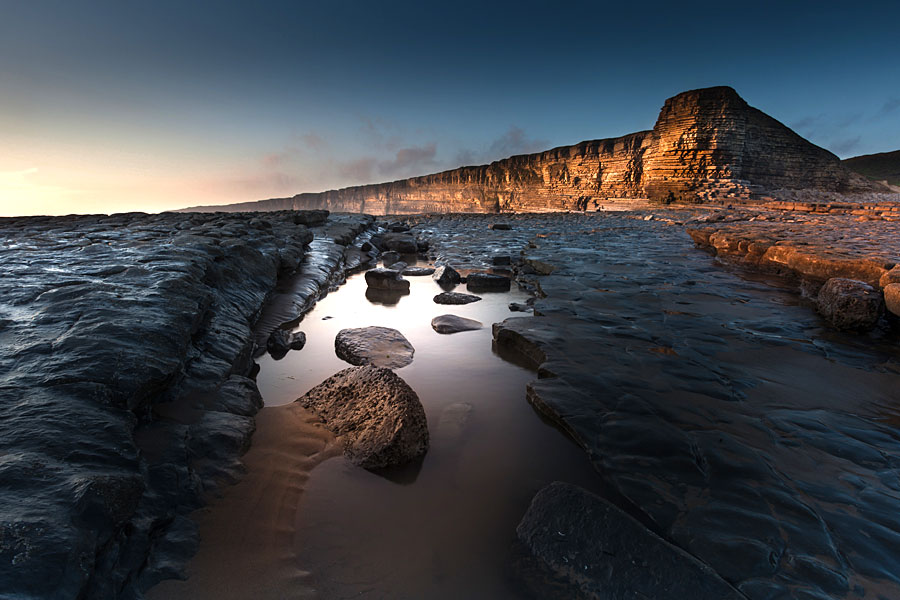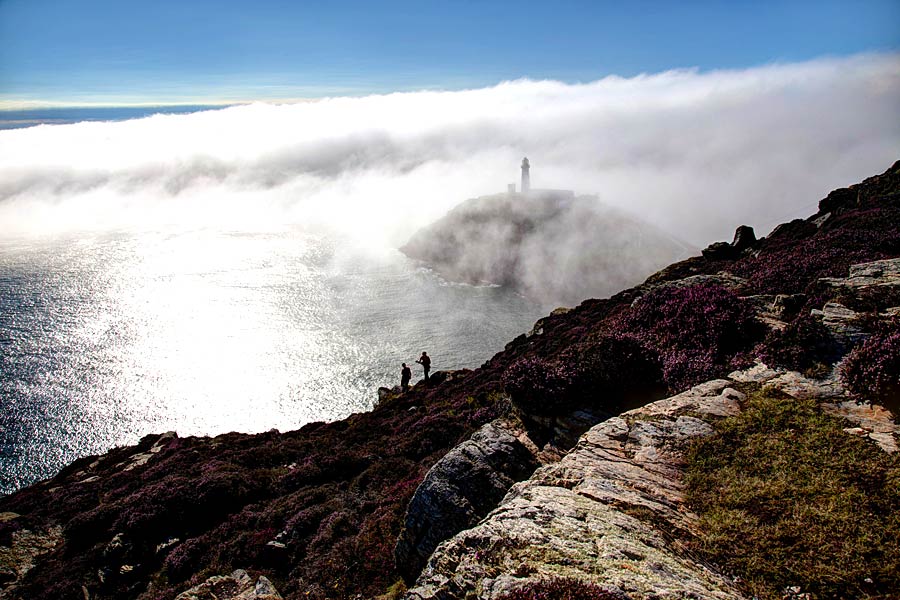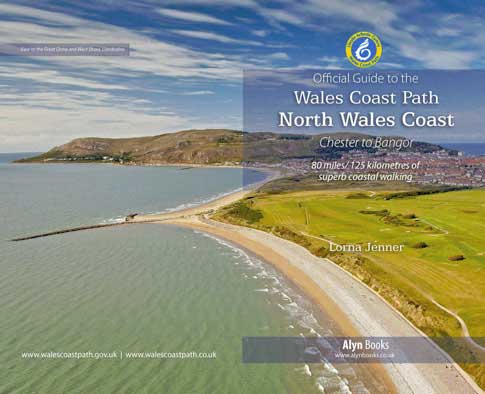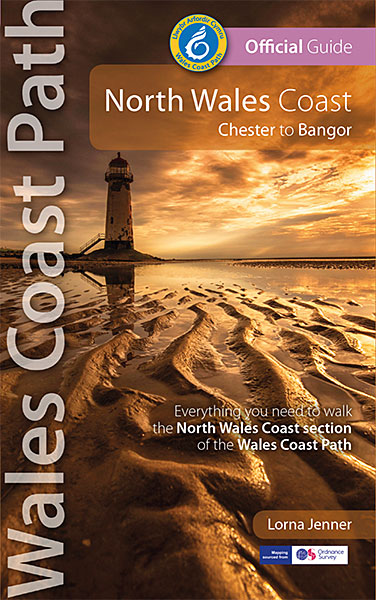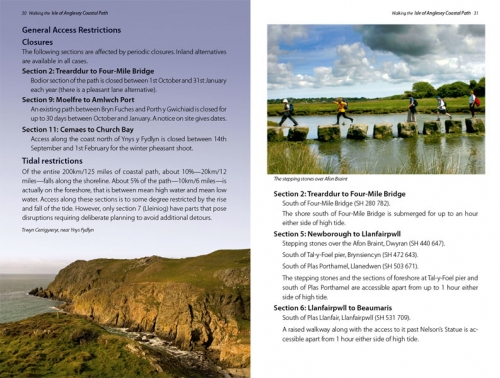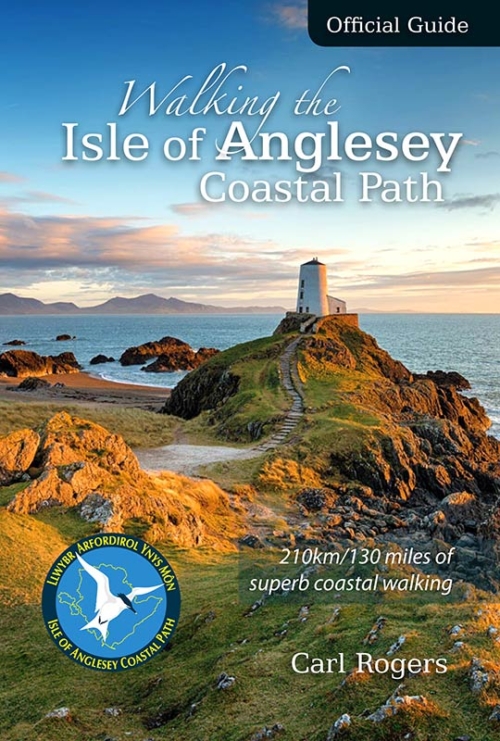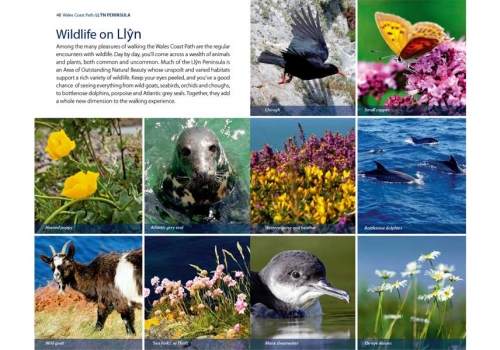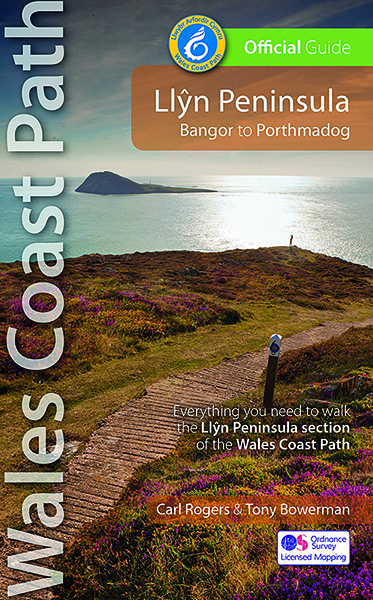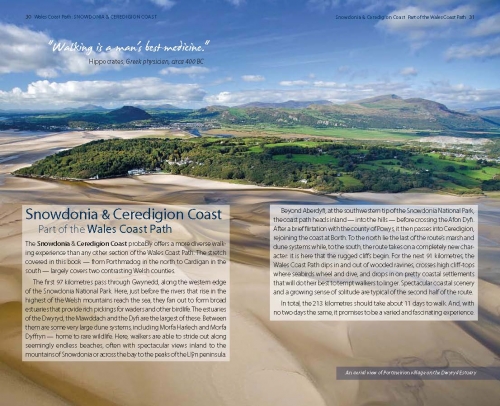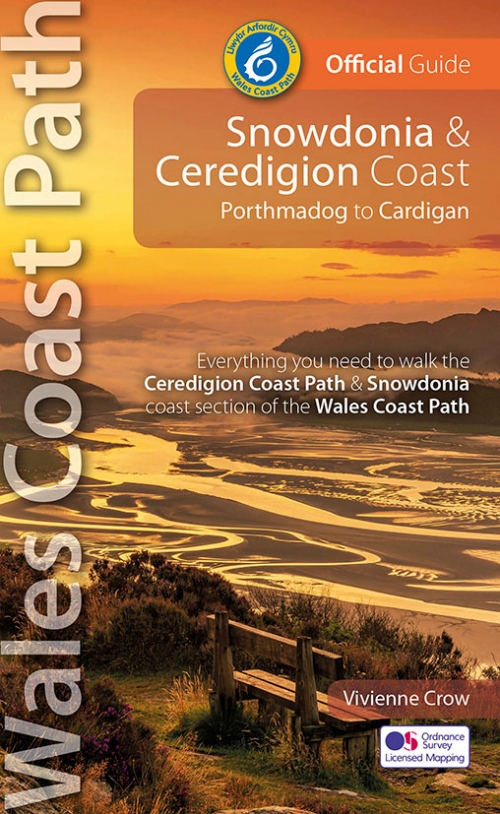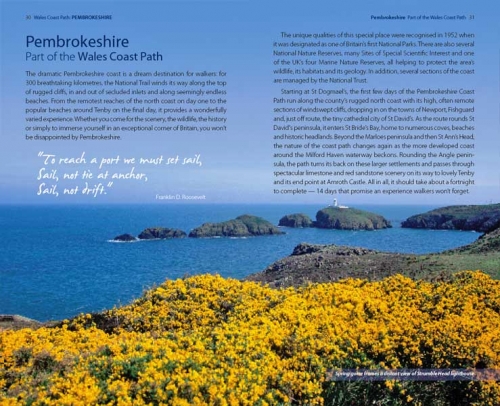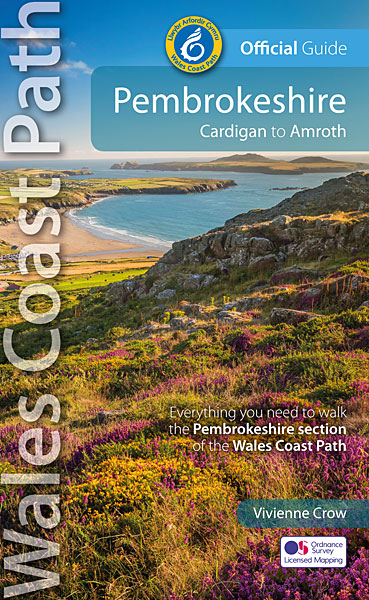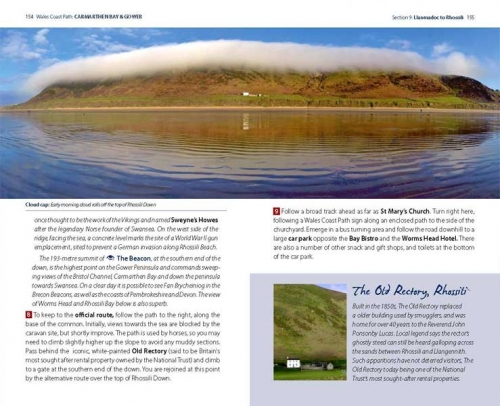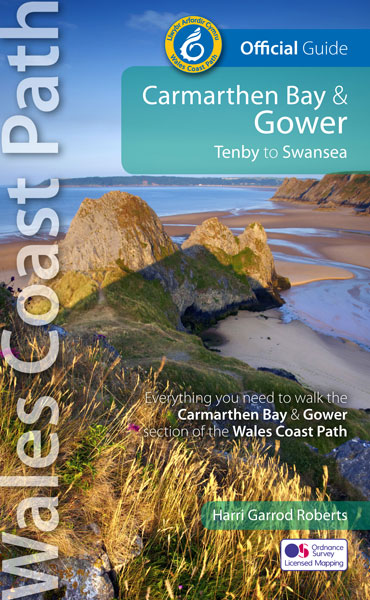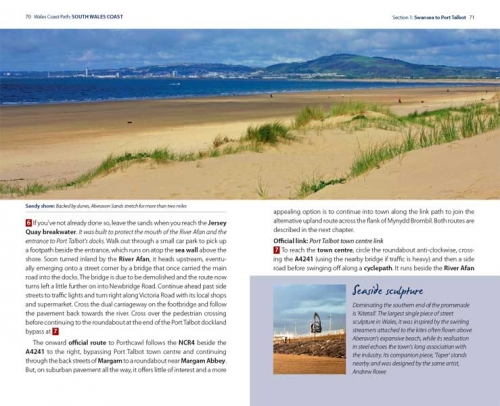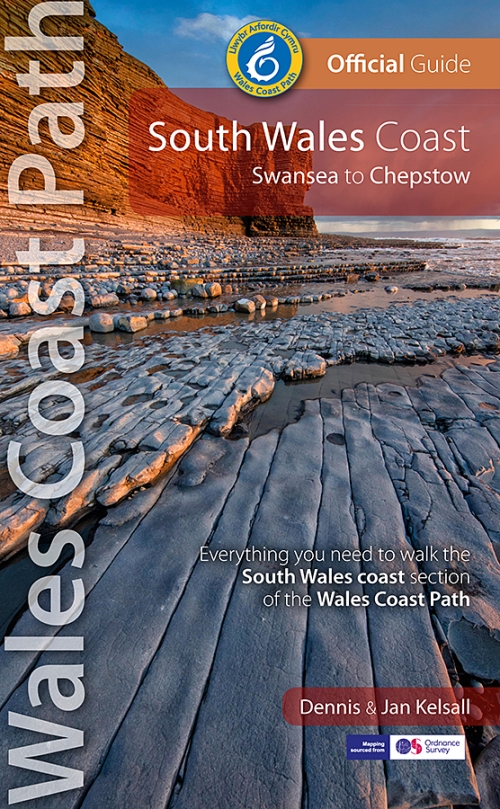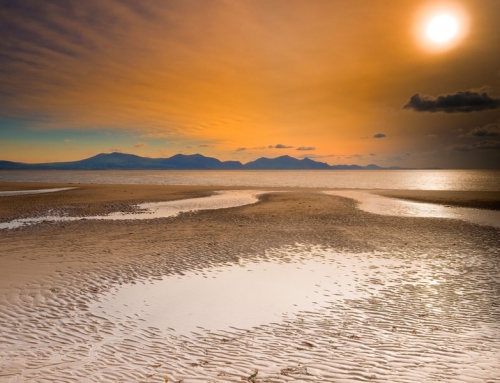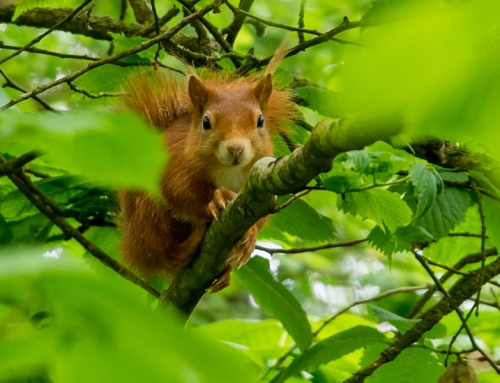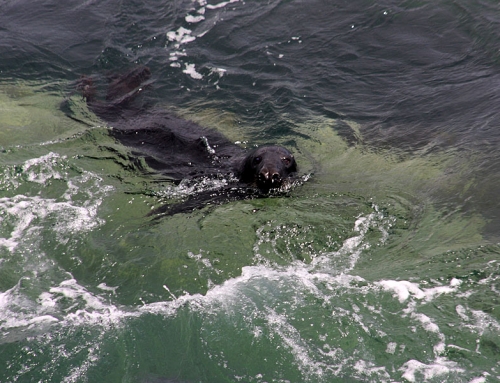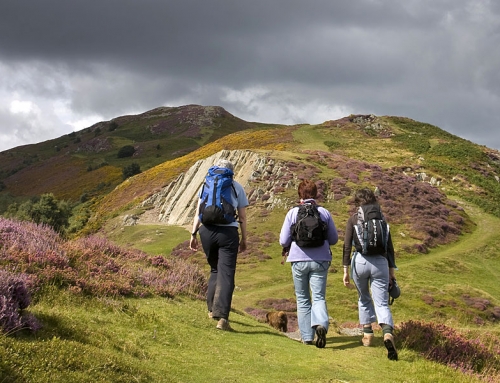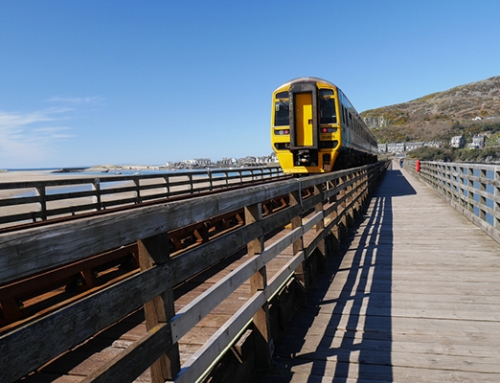The beautiful Three Cliffs Bay on the Gower Peninsula
Wales is a rare land of outstanding natural beauty. Tony Bowerman explains why it matters now more than ever …
Natural Beauty of Wales
WALES IS A COUNTRY OF UNSPOILT NATURAL BEAUTY.
Wales is quieter than Cornwall and less crowded than Devon yet enjoys similar natural features of the rugged Atlantic west coast: towering cliffs, tiny shingle coves, deep sea caves, offshore islands, vast dune systems and long, empty sandy beaches. Walk all or part of the 1400 kilometre/870-mile long Wales Coast Path and you’ll experience a wonderful sense of natural wildness that’s increasingly rare in the modern world.
Inland, Wales promises lofty mountains and rolling upland moors interspersed with deep winding valleys sheltering tranquil lakes and rushing rivers. There are vast forests and oak woods home to a wealth of wildlife – everything from red squirrels to red kites, and yellow brimstone butterflies to yellow Welsh poppies. Wales is still home to rare wildlife – from lane banks bright with wildflowers to noisy seabird colonies, grey seal-breeding beaches, puffin isles, and red squirrel forests.
National Parks and AONBs
Wales is home to three of Britain’s National Parks: Snowdonia (Eyri), the Brecon Beacons (Bannau Brycheiniog), and the Pembrokeshire Coast, which together cover around 20% of Wales. Each of these National Parks is an area of outstanding landscape value where housing developments and commercial activities are legally restricted.
Snowdonia is home to Snowdon (Yr Wyddfa), Wales’ highest mountain, along with the imposing Tryfan, the Glyders and more southerly Cadair Idris. Snowdonia’s mountains are deservedly popular with hill walkers, campers and climbers. Watching the sunrise from the summit of Snowdon, as it once was for the Victorians, is becoming increasingly popular, once again. Snowdonia National Park is also a designated International Dark Sky Reserve. On a clear night in Snowdonia you can see the bright arch of the Milky Way (actually, stars concentrated around the rim of our galaxy), all the major constellations and even fleeting meteorites – or shooting stars.
Walking, cycling and climbing
The Brecon Beacons National Park (Bannau Brycheiniog), in South Wales, covers an area of 520 square miles. These distinctive grassy mountains are popular with walkers, cyclists and climbers. The area includes Fforest Fawr UNESCO Global Geopark, known for its many waterfalls and caves.
The Pembrokeshire Coast National Park is Britain’s only coastal national park. It’s best known known for the Pembrokeshire Coast Path, a 300 kilometre/186-mile national trail that runs along the coast and almost entirely within the national park. It’s a beautiful area whose highlights include the tiny city of St Davids with its famous cathedral and bishop’s palace, the offshore islands of Skomer, Skokholm, and Ramsey, tiny cliff-bound St Govan’s chapel, and the striking sea arch – the Green Bridge of Wales.
The park also includes many protected ancient monuments, as well as areas of national or international nature conservation importance. It is home to six National Nature Reserves, seven Special Areas of Conservation, a Marine Nature Reserve, and 75 Sites of Special Scientific Interest.
Whatever you choose, in Wales, you’ll find room to relax, recharge and rediscover a sense of inner peace and wellbeing.
Areas of Outstanding Natural Beauty
Wales also has five Areas of Outstanding Natural Beauty (AONBs) that also enjoy statutory protection due to of their significant landscape value. From north to south they are: The Clwydian Range and Dee Valley, the Isle of Anglesey (Ynys Môn), the Llyn Peninsula (Pen Llŷn), the Gower Peninsula (Gŵyr), and the Wye Valley.
Together, these protected landscapes offer natural beauty and the time and space for quiet relaxation: walking, running, climbing, cycling, mountain biking, swimming, surfing, sailing, wind surfing, canoeing and kayaking, paragliding and horseriding.
Whatever you choose, in Wales, you’ll find room to relax, recharge and rediscover a sense of inner peace and wellbeing.
This article was written by Tony Bowerman, and appears here for the first time. (C) Copyright Tony Bowerman 2022. All rights reserved.
Tony Bowerman is a director of Northern Eye Books Ltd, and loves nature and the outdoors. At one time he contributed articles to several national newspapers and magazines. He later worked as an ‘interpretation consultant’ for clients such as the National Trust, Welsh Water, County Councils and Wildlife Trusts. He is a member of the Outdoor Writers and Photographers Guild.
Contact: tony@northerneyebooks.co.uk
Books and maps for this part of the coast

